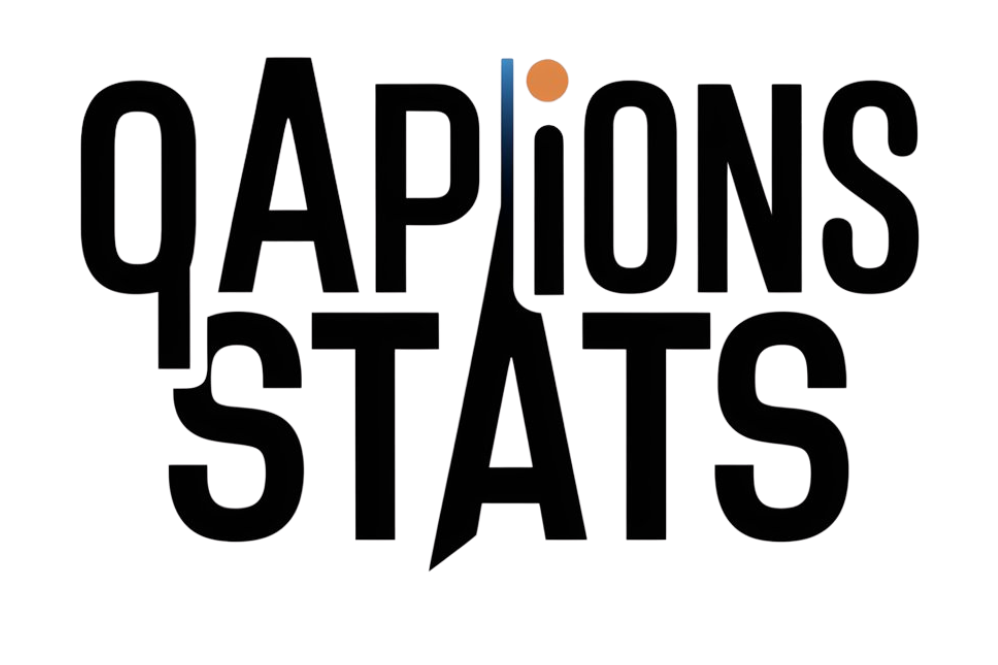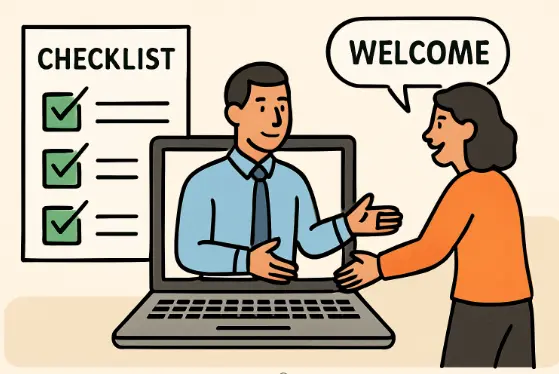The Changing Landscape of Employee Onboarding
Employee onboarding has undergone significant evolution as workplaces adopt digital transformation, shift expectations, and become more diverse work environments. Today, successful onboarding is no longer limited to stacks of paperwork and a quick office tour; it’s about crafting a thorough, engaging, and supportive experience from day one. An effective process, driven by a clear new hire checklist, not only welcomes employees but also paves the way for long-term retention and productivity.
The rise of remote and hybrid work has made onboarding even more complex and vital. Connecting new hires to resources, colleagues, and the organization’s culture virtually requires intentional planning.
Breaking Down the Checklist: Essential Items Every Company Should Include
Compliance Documentation and Employment Paperwork
Completing all legal documents, such as I-9s, tax forms, and direct deposit authorizations, is an unavoidable early step that ensures compliance and sets the groundwork for a hassle-free transition. Digital solutions can significantly streamline this process. According to SHRM, leveraging structured onboarding practices can help organizations manage documentation efficiently while also supporting a smoother and more engaging experience for new hires.
Setting Up Tech and Workspace Essentials
Ensuring every new employee has access to company devices, accounts, and the appropriate workspace (virtual or physical) speeds up acclimation. IT should coordinate with HR to guarantee all logins and permissions are active before the first day.
Introducing Handbooks and Policies
Providing company handbooks, codes of conduct, and policies early on gives new hires clarity on job expectations, workplace culture, and how to find help or report concerns. Integrating these resources during orientation fosters compliance and consistency across teams.
Facilitating Early Engagement for New Employees
The Power of First Impressions
Research shows that a new hire’s initial experiences shape future engagement. A personalized welcome, whether via a virtual coffee meeting or personalized swag, signals belonging and sets a positive tone for their journey.
Role of Welcome Messaging and Introductory Meetings
Initial meetings with managers, team members, and key contacts create opportunities for building relationships and providing support. Outlining the schedule for introductory sessions in the new hire checklist ensures these crucial touchpoints aren’t missed.
Assigning Mentors or Buddies for Quick Adaptation
Pairing new hires with workplace buddies or mentors accelerates knowledge transfer, gives employees a go-to person for questions, and reinforces a sense of inclusion.
Training and Tools: Laying the Groundwork for Success
Designing Effective Orientation and Training Schedules
A well-structured orientation introduces the company’s mission, values, and cross-departmental functions, providing a clear understanding of the organization’s structure and operations. Training should be thoughtfully phased, blending job-specific tasks with sessions on company culture and available resources. According to The HR Digest, implementing a smooth onboarding process involves clear communication, structured training schedules, and opportunities for new hires to connect with colleagues, all of which help employees integrate more quickly and effectively into their roles.
Providing Access to Essential Digital Tools
Early access to project management, communication, and workflow platforms helps new employees contribute sooner. Ensure tech onboarding is part of the first-week agenda.
Balancing Job Training with Culture Building
While equipping employees with hard skills is crucial, integrating culture, values, and informal team practices into training fosters a comprehensive understanding of the organization.
The Importance of Communication and Feedback Loops
Establishing Check-ins Within the First 30, 60, and 90 Days
Structured check-ins facilitate continuous improvement, enabling new hires to share feedback, address concerns, and celebrate milestones as they become acclimated to their role.
How Feedback Benefits Both Employees and Employers
Two-way feedback ensures expectations are clearly communicated and support is provided when needed. Regular dialogue leads to higher employee satisfaction and engagement.
Building a Sense of Belonging and Organizational Culture
Ways to Foster Employee Connection and Loyalty Early On
Social initiatives, cross-functional meet-and-greets, and employee resource groups help new hires form meaningful workplace connections. Employee loyalty is built as much on relationships as on roles.
Encouraging Participation in Team-Building Activities
Structured team-building workshops and informal social hours break down silos and accelerate trust. Regular participation improves morale and reduces turnover.
Ideas for Making Onboarding Feel Personalized
Gather employee preferences up front and tailor welcome kits, learning tracks, or mentorship matches to their unique needs and background.
Measuring Success: Analyzing and Improving Your New Hire Checklist
Using Surveys and Feedback for Continuous Improvement
Short pulse surveys after key onboarding milestones help gauge satisfaction, gather suggestions, and identify pain points for future cohorts.
Tracking Onboarding Metrics and Long-Term Employee Outcomes
Keep tabs on metrics such as early turnover, time to productivity, and ramp-up time to understand the ROI of your onboarding strategy and identify areas for improvement.
Steps for Updating Your Checklist as Needs Evolve
Continuously revisit and revise the new hire checklist as job roles, tech stacks, and cultural norms change, ensuring relevance and effectiveness for every employee.
Conclusion: Setting the Stage for Employee Growth
An intentional, well-crafted onboarding strategy is an investment in both people and business outcomes. By adhering to a robust checklist, organizations can dramatically enhance the new hire experience, foster engagement, and build a foundation for future growth. Leaders and HR managers should evaluate their current process, listen to feedback, and adapt as they strive for a seamless employee transition.
Also Read–



